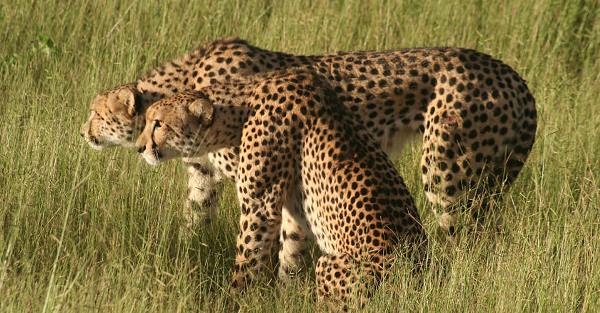According to the 2024 Living Planet Report by WWF, the population of mountain gorillas in the Virunga region—which spans the Democratic Republic of Congo (DRC), Uganda, and Rwanda—has been growing at an encouraging rate of 3% annually since 2010. This marks a significant recovery for a species once on the brink of extinction.
The latest figures reflect this progress, with Uganda’s Bwindi Impenetrable National Park and the adjacent Sarambwe Reserve in the DRC now home to approximately 459 gorillas. This growth is attributed to years of dedicated conservation work, including actively managing protected areas, fostering collaboration with local communities, and addressing health challenges through veterinary interventions. These efforts have transformed the Virunga Massif into a haven for these gentle giants, proving that sustained conservation measures can yield remarkable results.
Adding to this optimism is the recent birth of several baby gorillas in Bwindi Impenetrable Forest. These new additions symbolize not only the vitality of the current population but also the potential for its long-term survival. Each birth is a reminder of the critical importance of maintaining and strengthening conservation efforts, ensuring that these remarkable creatures continue to thrive in their natural habitat.
Uganda has been at the forefront of mountain gorilla conservation, implementing a range of initiatives to secure their future. Revenue-sharing programs ensure that proceeds from gorilla tourism directly benefit local communities, fostering a sense of shared responsibility for conservation. Anti-poaching patrols have been intensified, and ecotourism has been promoted as a sustainable way to protect these iconic animals while generating critical funds for their protection.
While the mountain gorilla’s story inspires hope, the broader findings of the 2024 Living Planet Report are sobering. The report reveals a staggering 73% decline in the average size of monitored wildlife populations over the last 50 years, underscoring the devastating impacts of habitat loss, climate change, and over exploitation.
Amid these challenges, the mountain gorilla’s success demonstrates that positive change is possible. Speaking at the report’s launch in Kampala, Dr. Maggie Kigozi emphasized the urgency of collective action, stating, “We have to do something. Our challenge is, how do we wake up everybody?” This call to action highlights the need for governments, organizations, and individuals to come together to combat the dual crises of biodiversity loss and climate change.
As we celebrate the births of gorilla infants and the steady growth of their population, we are reminded that even in the face of adversity, nature has the resilience to recover. Now, more than ever, extending these efforts to other threatened species and ecosystems is vital, ensuring a brighter future for all life on Earth.
About Guide2Uganda
Guide2Uganda (www.guide2uganda.ug) is the most comprehensive source of information about Uganda that exists on the web, with more content on Uganda and surrounding towns, attractions, museums and galleries than any other online guide that currently exists for Uganda as well as being a dynamic news and comprehensive events driven site with content being added daily.
According to WeFollow & Peer Index (whom both measure online influence) we are among the most influential online media organizations in Uganda. We were also awarded for ‘’Best Destination Website in Uganda’’ by Jumia Travel Uganda in the 2017-2018 Africa Travel Awards. If you are planning a visit to Uganda you can always reach us on; info@guide2uganda.ug




